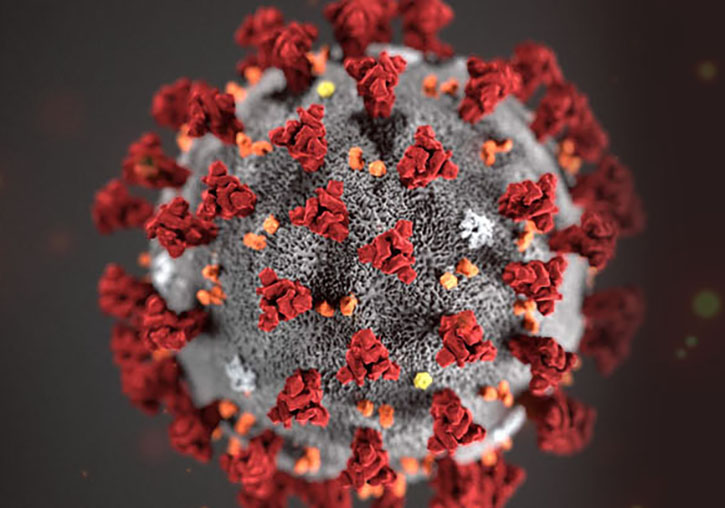The Valencian Regional Health Department highlighted only the most positive data on the management of the pandemic in the first confinement
- Scientific Culture and Innovation Unit
- July 16th, 2021

A study by professors Joaquín Aguar and Guillermo López, researchers in the Mediaflows group, concludes that the communications made by the Valencian Regional Universal and Public Health Department between February and June 2020 used an “institutional communication strategy that sought to highlight the positive elements and tarnish the negative ones”.
This work, published in the journal Dígitos, has studied one hundred press releases issued by the Regional Health Department from February 27 to June 8, 2020 –in the months of strict confinement at the beginning of the pandemic–. The investigation concludes that although the Regional Department did not hide the most relevant data, it did “hide them from the naked eye” in the press releases – not highlighting them – and that the terms that could refer to negative aspects – such as “UCI” (‘ICU), “fallecimientos” (‘deaths’) or “residencias” (‘nursing homes’)– were only used when they were able to do so to highlight them positively.
Researchers from the Department of Language Theory and Communication Sciences observe that in the headlines during the first two months of the pandemic the words that appeared most were “altas” (‘discharges’) and “positivos” (‘positives’), while in the months of May and June were the terms “fallecimientos” (‘deaths’), “contagios” (‘contagions’), “UCI” (‘ICU’), and “residencies” (‘nursing homes’), but always in a positive sense. In the subtitles they repeatedly found the terms “positivos” (‘positives’) and “altas” (‘discharges’).
Researchers find it especially relevant that, at a time when there was a large volume of deaths every day, in press releases only the term “fallecimientos” (‘deaths’) appeared in the headlines and subtitles three days in March, one in May and began to appear in late May to highlight the absence of deaths in the Community due to COVID-19. Something similar happened with the deaths in nursing homes.
It is also noteworthy that the death toll was provided cumulatively by the Regional Department, which caused that in the first weeks of strict house confinement – with journalists teleworking and under the pressure of the Temporary Layoff – some media were not aware of which were the actual numbers of daily deaths, although this problem was quickly resolved.
To address this research, researchers from the Faculty of Philology, Translation and Communication applied a methodology of content analysis of headlines and subtitles and an analysis of the discourse that took into account the rest of the press releases with the evolution of the health situation at any given time. To conduct the content analysis, the researchers looked for seven terms they considered relevant for the time being: “fallecimientos” (‘deaths’), “positivos” (‘positives’), “contagios” (‘contagions’), “altas” (‘discharges’), “ingresos” (‘income’), “UCI” (‘ICU’) and “residencies” (‘nursing homes’).
Article:
Aguar-Torres, J. & López-García, G. (2021). «Oculto a simple vista: análisis de las comunicaciones diarias de la Conselleria de Sanidad durante la primera oleada del coronavirus». Dígitos. Revista de Comunicación Digital, 7, 113-125. http://dx.doi.org/10.7203/rd.v1i7.214
















